

In this month's Morbidly Fascinating Page:
The life and death of the "Mad Monk" Rasputin
IN THE ARCHIVES:
Voodoo
Screaming Mummies
Vampire Slaying Kit
Willows Weep
Dangerous Selfies
The Spanish Flu

Grigori Yefimovich Rasputin was a Russian mystic and self-proclaimed holy man who befriended the family of Nicholas II, the last emperor of Russia, and gained considerable influence in late imperial Russia.

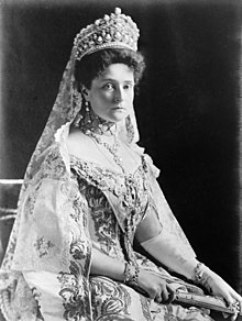
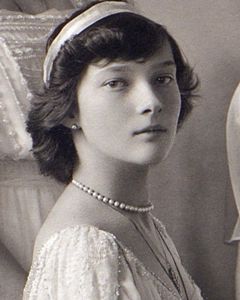

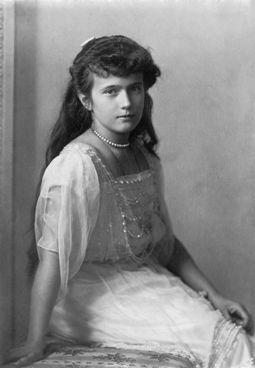
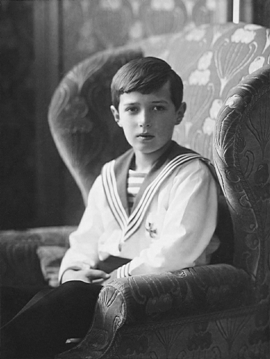
The family
TOP ROW: Father Alexander, Mother Alexandria, Sister Tatiana
SECOND ROW: Sister Maria, Sister Anatasia, Brother Alexi
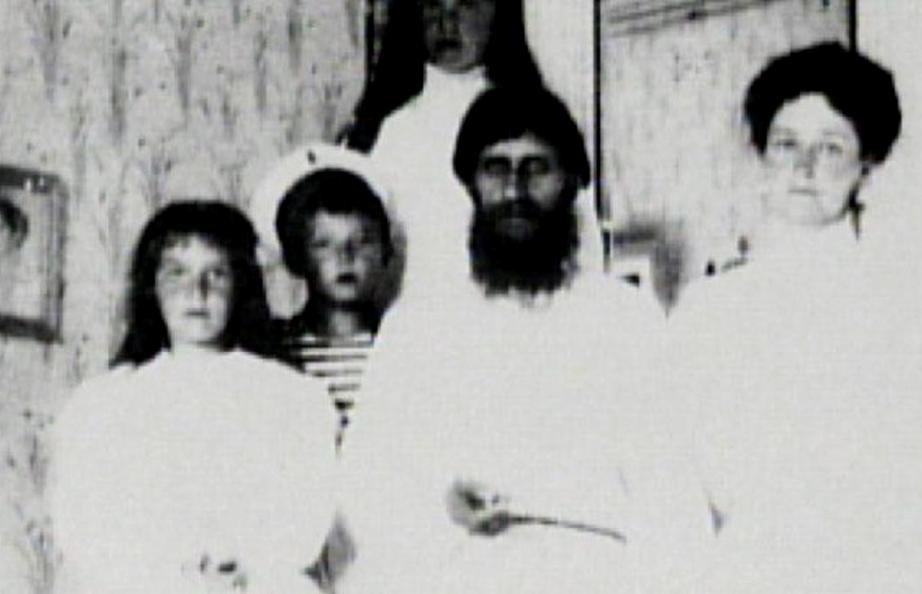
Who was Rasputin, and how did he con the Romanov family?
“The holy man is he who takes your soul and will and makes them his. When you choose your holy man, you surrender your will. You give it to him in utter submission, in full renunciation.” – Feodor Dostoyevsky, The Brothers Karamazov
When a 34-year-old Rasputin arrived in the Russian capital of St Petersburg in 1903, his timing couldn’t have been better. Interest in mysticism and the occult was growing among the city’s fashionable circles, and Rasputin was perfectly placed to take advantage of such a craze. For years, the illiterate Siberian peasant turned self-professed holy man (despite his nickname today, he was never a monk) had been travelling through Russia, and he claimed to have travelled as far as Greece and Jerusalem.
Having converted to a radical religious sect at the age of 18, he built a reputation as a healer – one who could predict the future and grant divine deliverance. This was achieved through his doctrine of ‘holy passionlessness’, which claimed that the best way to be closer to God was through sinful actions, especially those of the flesh. His flesh, to be exact. No wonder his name changed from Grigory Yefimovich Novykh to Rasputin, thought to mean ‘the debauched one’.
Despite his filthy hair and beard and malodorous appearance, Rasputin’s followers grew in number until even the Empress of Russia, Tsarina Alexandria, became interested.
Traditional doctors had been unable to treat the young Alexei – who suffered from haemophilia, meaning his blood wouldn’t clot properly whenever he was injured – so a desperate Alexandra turned to unorthodox healers. When Rasputin supposedly managed to stop a bad bleeding episode in 1908, through prayer, the Tsarina fell under his spell. Rasputin became “Our Friend” to the Romanov family, and was summoned whenever Alexei needed faith healing. In 1912, the Prince’s condition deteriorated so badly that he received the last sacrament. On hearing the news, Rasputin sent a telegram to Alexandra, reading: “The little one will not die. Do not allow the doctors to bother him too much.” Alexei recovered, Rasputin’s bond with the royals strengthened and his name spread throughout Russia.
See more HERE
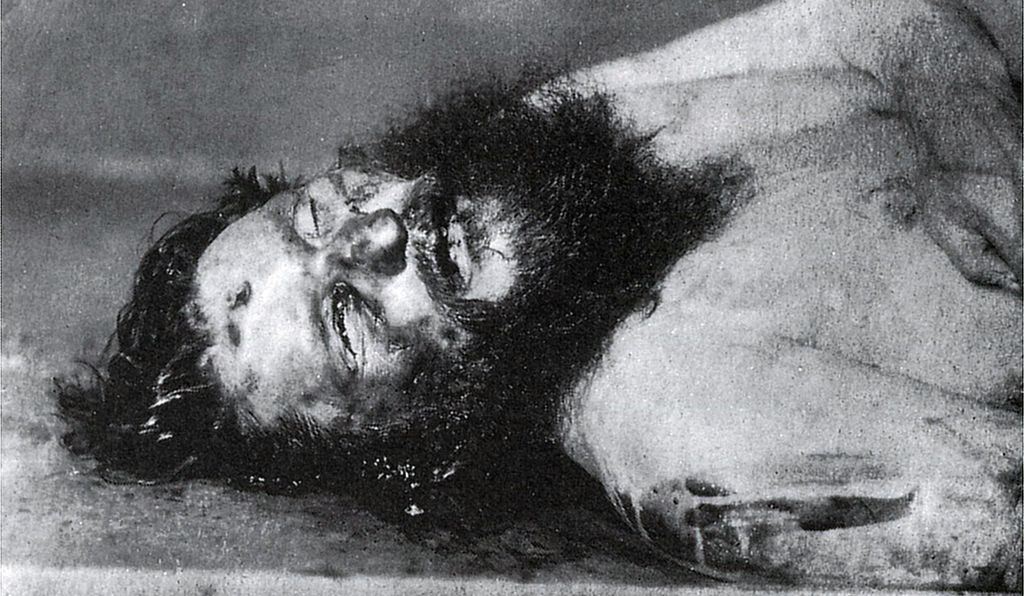
Rasputin's murder
Soldiers on World War I’s Eastern front spoke of Rasputin having an intimate affair with Alexandra, passing it off as common knowledge without evidence. As the war progressed, outlandish stories expanded to include Rasputin’s supposed treason with the German enemy, including a fantastical tale that he sought to undermine the war effort by starting a cholera epidemic in Saint Petersburg with “poisoned apples imported from Canada.” What the public thought they knew about Rasputin had a greater impact than his actual views and activities, fueling demands that he be removed from his position of influence by any means necessary.
The murder of Rasputin, Russia’s infamous “Mad Monk,” is the fodder for a great historical tale that blends fact and legend. But the death of the controversial holy man and faith healer had a combustible effect on the tense state of affairs in pre-revolution Russia. Rasputin was killed on December 30, 1916 (December 17 in the Russian calendar in use at the time), in the basement of the Moika Palace, the Saint Petersburg residence of Prince Felix Yussupov, the richest man in Russia and the husband of the Czar’s only niece, Irina. His battered body was discovered in the Neva River a few days later.
To the dismay of Yussupov and his co-conspirators, Rasputin’s murder did not lead to a radical change in Nicholas and Alexandra’s polities. To the emergent Bolsheviks, Rasputin symbolized the corruption at the heart of the Imperial court, and his murder was seen, rather accurately, as an attempt by the nobility to hold onto power at the continued expense of the proletariat. To them, Rasputin represented the broader problems with czarism. In the aftermath of the Russian Revolution, Provisional Government leader Alexander Kerensky went so far as to say, "Without Rasputin there would have been no Lenin."
See more HERE

What happened to the Royal Family?

On November 1917, Bolshevik revolutionaries led by Vladimir Lenin took over the government. Nicholas tried to convince the British and then the French to give him asylum—after all, his wife was the granddaughter of Queen Victoria. But both countries refused, and the Romanovs found themselves in the hands of the newly formed revolutionary government.
The Romanovs new life was dramatically different from the regal, opulent life they had lived in the Winter Palace in St. Petersburg. Both Nicholas and the Empress Alexandra were in denial and refused to give up hope that they’d be saved. Instead, they were shuffled from house to house. Finally, they were imprisoned in a home that the Bolsheviks called “the house of special purpose.”
At about 1 a.m. on July 17, 1918, in a fortified mansion in the town of Ekaterinburg, in the Ural Mountains, the Romanovs—ex-tsar Nicholas II, ex-tsarina Alexandra, their five children, and their four remaining servants, including the loyal family doctor, Eugene Botkin—were awoken by their Bolshevik captors and told they must dress and gather their belongings for a swift nocturnal departure.
There, the family and servants were arranged in two rows for a photograph they were told was being taken to quell rumors that they had escaped. Suddenly, a dozen armed men burst into the room and gunned down the imperial family in a hail of gunfire. Those who were still breathing when the smoked cleared were stabbed to death.
Did Anastasia escape?
Speculation about Anastasia’s survival had started to circulate throughout Russia. The exact location of the mass grave where the Romanov family was dumped was never really known, except by the rebels who buried them there. It wasn’t until 1991 that the Romanov family grave site was discovered near Yekaterinburg by an amateur Soviet archeologist. It was always assumed that Anastasia was slaughtered with her family and close associates, which would have resulted in 11 bodies, but there were only the remains of 9 bodies found in the gruesome grave. Scientists identified the 2 missing members of the Romanov family as Alexei and either Maria or Anastasia. The fact that Anastasia’s body could not be confirmed conclusively only fueled speculation that she did indeed disappear and not die.
Woman claimed to be Anastasia
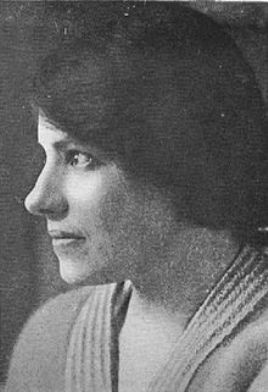
In 1920, in Berlin, a woman was seen standing on the edge of a bridge and a few seconds later, she jumped into the river, attempting to take her own life. Her suicide attempt failed, as police officers pulled her from the Landwehr Canal and took her to Dalldorf Asylum.
The unknown woman had neither ID papers nor did she explain who she was. She refused to talk and remained silent in the asylum for the following six months. In the next two years of her stay, the patient was given the name Anna Anderson and was noted as being anti-social with peculiar scars on her body. On the few occasions that she spoke, she had a strange accent.
One day a fellow inmate told the woman that she thought she resembled Grand Duchess Anastasia. Later, when it was clear she was too short, other mental patients wondered if the mysterious woman was Anastasia.
At the same time, the European press had already been publishing stories about the strange case of the Romanov siblings and their possible survival. The word began spreading, motivating former Romanov friends and servants to visit the woman and confirm her identity.
The press’ fascination with the story of Anna Anderson grew into a cult about Princess Anastasia. This brought forward a myriad of Romanov claimants who declared themselves to be the “true” Anastasia or the tsar’s other daughters. When Anderson left the hospital, she was surrounded by a herd of supporters who validated her Romanov identity, although there were many who firmly refused to accept it. Her supporters, some of them sympathetic monarchists, housed her; she was under constant surveillance by both the Soviet counterintelligence and private investigators.
See more HERE
What really happened to Anastasia?
The Romanovs’ bodies were thrown down a mineshaft, only to be retrieved, burned and buried near a cart track. The remains of Nicholas, Alexandra and three of their daughters— Anastasia, Olga and Tatiana—were found in 1979, though the bodies were only exhumed in 1991 after the collapse of the Soviet Union, according to the AFP. As Tom Parfitt of the Times reports, DNA testing carried out at the time confirmed that the remains were authentic.
"With the official discovery of the larger mass grave in 1991, and subsequent DNA testing to confirm the identities of the Tsar, the Tsarina, and three of their daughters – doubt persisted that these remains were in fact those of the Romanov family. In the summer of 2007, a group of amateur archeologists discovered a collection of remains from the second grave approximately 70 meters from the larger grave. We report forensic DNA testing on the remains discovered in 2007 using mitochondrial DNA (mtDNA), autosomal STR, and Y- STR testing. Combined with additional DNA testing of material from the 1991 grave, we have virtually irrefutable evidence that the two individuals recovered from the newest 2007 grave are the two missing children of the Romanov family: the Tsarevich Alexei and Anastasia."
See details HERE